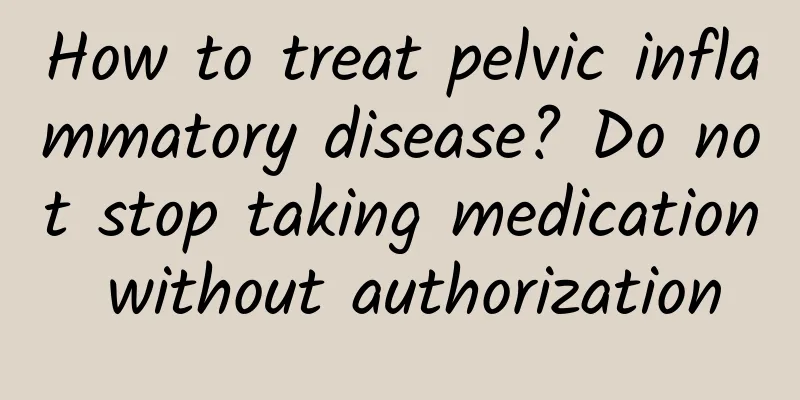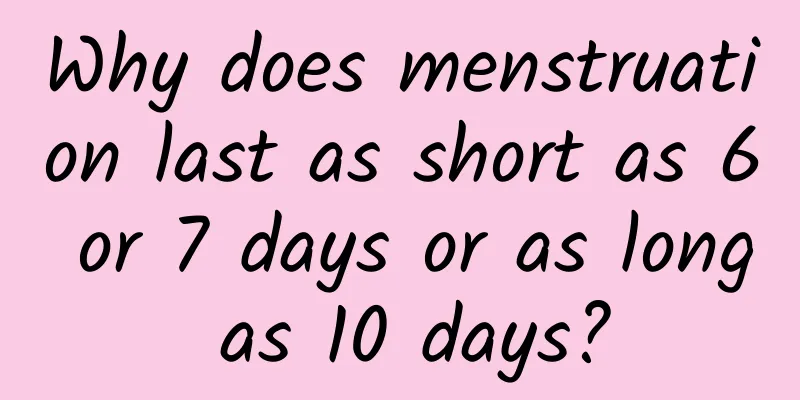Postoperative care for patients with uterine fibroids

|
Uterine fibroids are a common and frequently occurring disease among women, also known as uterine leiomyoma. They are common in women aged 30 to 50 and are relatively rare in those under 20 years old. If patients undergo surgical treatment, they need to pay attention to appropriate postoperative care to consolidate the therapeutic effect and promote recovery. 1. Take targeted maintenance measures according to the procedure First of all, it is necessary to determine the nature of the patient's surgery, whether the patient has undergone myomectomy or hysterectomy. If it is a myomectomy, the surgical wound is small, the bleeding is small, and recovery is relatively easy. If it is a hysterectomy, the patient's wound is large, the amount of bleeding is large, the damage to the patient's body is greater, and the postoperative recovery time is longer. Generally speaking, a recovery period of 1-2 months is required, and more attention should be paid to maintenance. During the recovery period, patients should be careful not to get tired, not to get cold, and especially to rest. At the same time, attention should also be paid to nutritional intake. After exhausting, you should eat more high-protein, high-iron, and high-fiber foods, such as fish soup, green vegetables, etc. If you feel weak all over or have back pain after surgery, it is generally a manifestation of physical weakness after surgery. At this time, you should pay attention to rest and supplement nutrition. 2. Pay attention to psychological care The patient will be in severe pain on the day after the operation. At this time, the patient's family and medical staff need to care and comfort them to help them get through the most painful period. At the same time, good psychological care and a positive mental state can also promote the recovery of the disease. It should be noted that if the patient retains the uterus and has not yet reached menopause, she needs to continue taking medication for about half a year to control her menstruation. |
<<: Is there a direct relationship between cervical erosion and cervical cancer?
>>: How can women prevent uterine fibroids?
Recommend
Experts explain the common dangers of cervical hypertrophy
Cervical hypertrophy is a gynecological disease t...
Food treatment for dysmenorrhea
There are many ways to treat dysmenorrhea, and fo...
A brief analysis of the common transmission routes of Trichomonas vaginitis
Many female friends may not have heard of Trichom...
What a big misunderstanding! White rice and meat are not the natural enemies of weight loss
Habit 5: White rice and meat are not enemies of w...
How much does the 6-item test for hyperprolactinemia cost?
How much does it cost to complete the six tests f...
7 good habits, the slim secrets that skinny people don’t tell you
There must be such people around you: they eat no...
High cholesterol, abdominal obesity, and metabolic syndrome may cause you to suffer from it! Do this to get rid of your belly and lose weight
If you suffer from metabolic syndrome and do not ...
What are the symptoms of habitual miscarriage? How to prevent habitual miscarriage?
Pregnant women may have miscarriages if they are ...
What causes fishy menstrual odor?
What causes fishy menstrual odor? The fishy smell...
Experts explain the key points of treatment of ovarian cysts
When treating ovarian cysts, there are some thing...
Experts guide the correct use of drugs for hyperprolactinemia
The disease of hyperprolactinemia has existed in ...
Why does irregular menstruation occur after miscarriage?
Why does menstrual irregularity occur after misca...
How to develop a peach butt? 4 tips to create sexy buttocks
Beautiful breasts are common, but beautiful butto...
To get rid of the belly, just doing sit-ups is not enough! 6 foods to effectively eliminate belly fat
The lower abdomen is the natural enemy of all wom...
What are the grades of uterine prolapse?
What are the grades of uterine prolapse? Medicall...









